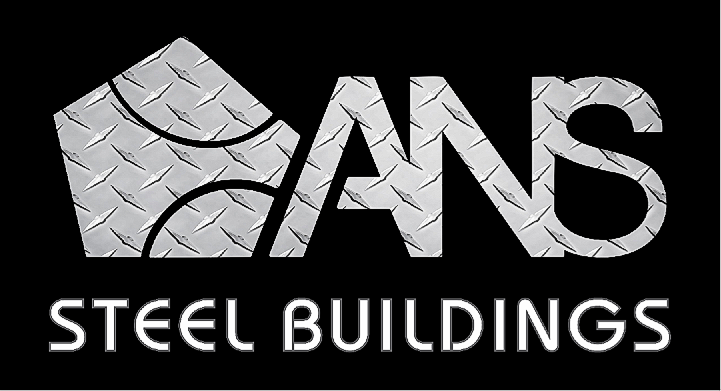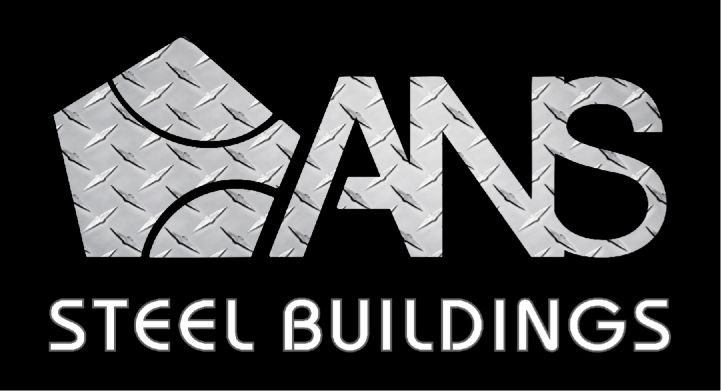The Eco-Friendly Benefits of Building a Steel Building
In an era where sustainability and environmental consciousness are gaining paramount importance, individuals and businesses are increasingly seeking eco-friendly construction options. One such solution that stands out is the construction of steel buildings. Steel buildings offer a host of benefits, including their durability, versatility, and cost-effectiveness. However, one of their most significant advantages lies in their eco-friendly nature. In this blog post, we will delve into the various eco-friendly benefits of building with steel, highlighting how these structures contribute to a greener and more sustainable future.
Energy Efficiency:
One of the key eco-friendly features of steel buildings is their exceptional energy efficiency. Steel possesses excellent thermal properties, allowing for superior insulation and reducing heat transfer. This translates into lower energy consumption for heating and cooling purposes. The tightly sealed building envelope of steel structures minimizes air leaks and improves HVAC system efficiency, resulting in reduced energy usage and lower carbon emissions.
Recyclability and Reusability:
Steel is a highly recyclable material, making it an ideal choice for eco-conscious construction. Unlike other construction materials that end up in landfills at the end of their lifecycle, steel can be recycled indefinitely without compromising its quality. Additionally, steel buildings can be disassembled and relocated if the need arises, minimizing waste and extending their lifespan. This adaptability and potential for reuse significantly reduce the environmental impact associated with traditional construction methods.
Reduced Waste Generation:
Steel buildings are manufactured with precision, allowing for minimal waste generation during the construction process. The pre-engineered components are fabricated off-site, ensuring accurate measurements and eliminating the need for excessive cutting and on-site adjustments. Moreover, any leftover materials from the manufacturing process can be recycled, further reducing waste. This efficient construction approach not only saves time and resources but also minimizes the overall environmental footprint.
Carbon Footprint Reduction:
Compared to traditional construction materials such as concrete and wood, steel has a significantly lower carbon footprint. Steel production has become more environmentally friendly over the years, with advancements in manufacturing processes and the increased use of recycled steel. By opting for a steel building, individuals and businesses can contribute to the reduction of greenhouse gas emissions associated with construction and help combat climate change.
Sustainable Design Possibilities:
Steel buildings offer limitless design possibilities, allowing for sustainable features to be seamlessly incorporated. From solar panel installations and rainwater harvesting systems to green roofs and natural lighting solutions, steel structures provide a solid foundation for implementing sustainable design elements. The strength and versatility of steel enable architects and designers to create energy-efficient and environmentally conscious buildings that optimize natural resources and reduce reliance on non-renewable energy sources.
Renewable Energy Integration:
Steel buildings provide excellent opportunities for integrating renewable energy systems such as solar panels and wind turbines. The structural integrity of steel makes it suitable for supporting the weight of these systems on roofs or facades. By harnessing clean, renewable energy sources, steel buildings can generate their own electricity and decrease reliance on traditional power grids. This integration of renewable energy technologies further reduces carbon emissions and helps create a more sustainable energy landscape.
Longevity and Durability:
Steel buildings are renowned for their longevity and durability, which further enhance their eco-friendly credentials. Unlike traditional materials that may deteriorate over time, steel is highly resistant to pests, fire, and harsh weather conditions. This longevity eliminates the need for frequent repairs and replacements, reducing material consumption and waste generation. The extended lifespan of steel buildings ensures their sustainable use for decades, making them a smart choice for those committed to long-term environmental preservation.
Environmental Resistance:
The environmental resistance of steel buildings makes them a reliable and sustainable option. By withstanding environmental stressors, they require less maintenance, reduce waste, and contribute to a healthier and more resilient built environment.
- Fire Resistance: Steel is inherently fire-resistant, making it a safer choice for construction. It has a high melting point and does not contribute to the spread of fire. This fire resistance reduces the risk of structural damage and minimizes the impact on the environment.
- Pest and Rot Resistance: Unlike organic materials like wood, steel is not susceptible to pests such as termites, ants, or rodents. It does not provide a food source or habitat for pests, eliminating the need for chemical treatments. Additionally, steel is not prone to rot or decay, ensuring the longevity and structural integrity of the building.
- Mold and Mildew Resistance: Steel does not support the growth of mold or mildew, which can be harmful to both the building and its occupants. The non-porous nature of steel prevents moisture absorption, reducing the risk of mold formation and maintaining a healthy indoor environment.
Building with steel offers numerous eco-friendly benefits, positioning it as a sustainable solution for the construction industry. From energy efficiency and recyclability to waste reduction and carbon footprint reduction, steel buildings exemplify the principles of environmental consciousness. By choosing steel, individuals and businesses can make a positive impact on the planet by reducing energy consumption, minimizing waste generation, and creating long-lasting, environmentally friendly structures. As we strive for a greener and more sustainable future, embracing steel as a construction material paves the way for a brighter and eco-conscious tomorrow.

